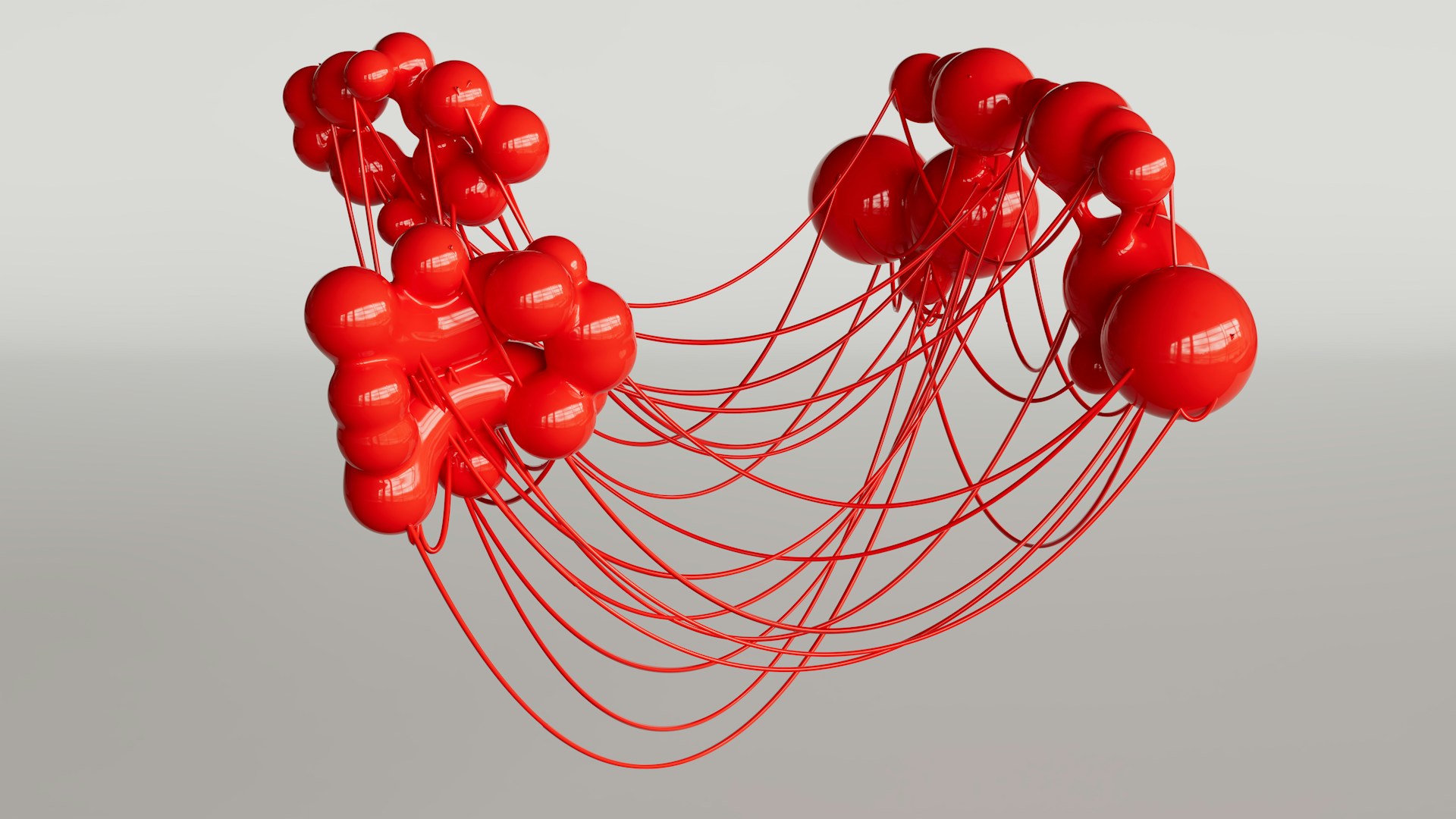A team of researchers led by Professor Arthur Suits at the University of Missouri, alongside doctoral student Yanan Liu, has demonstrated that sound can be detected from molecules traveling faster than the speed of sound in extremely cold, near-vacuum conditions similar to outer space. This discovery opens new avenues for studying chemical reactions under extreme environments and could improve our understanding of astrochemistry.
Liu, Y., Khatri, J., Thawoos, S., Suas-David, N., & Suits, A. G. (2025). Photoacoustic Spectroscopy in a Supersonic Flow. The Journal of Physical Chemistry A, 129(25), 5665–5670. https://doi.org/10.1021/acs.jpca.5c02265
In their study, the researchers directed a laser at methane molecules moving supersonically through a vacuum chamber cooled to approximately 430°F. The molecules were expelled through a rocket nozzle, creating a supersonic flow. When the laser light was absorbed, the molecules were excited and began vibrating against each other. Those vibrations generated tiny pressure waves; actual sound; which were detected using a highly sensitive microphone.
Professor Arthur Suits at the University of Missouri stated,
“We use the tools of physics to understand how chemistry happens at the highest level of detail possible. For example, by better understanding exactly how much rotation or vibration an individual molecule has, we can start to gain more fundamental knowledge about the universe we live in, furthering our understanding of astrochemistry.”
This process, called photoacoustic spectroscopy, was previously thought to be impractical in conditions that mimic outer space. In a near-vacuum, with extremely low temperatures, there is little to carry sound. Additionally, the molecules move faster than the speed of sound, making detection especially challenging. The University of Missouri team showed that molecular vibrations can indeed produce detectable sound when they collide with a surface, allowing researchers to “hear” supersonic molecules.
Professor Suits explained, “We use the tools of physics to understand how chemistry happens at the highest level of detail possible. By studying how individual molecules rotate and vibrate, we can gain more fundamental knowledge about the universe and advance our understanding of astrochemistry.”
The technique has potential applications beyond astrochemistry. It could improve experimental studies in aviation, manufacturing, and energy industries, where understanding molecular behavior at high speeds and low temperatures is critical. The ability to excite and detect a wide range of molecules in extreme conditions may also help researchers model chemical reactions that occur in interstellar space, contributing to our understanding of star and planet formation and the origins of life.
Liu added, “Now that we have discovered a new way to detect molecules at extremely low temperatures, we can apply this laser technology to other gases and chemical systems. This opens up possibilities to explore reactions and molecular behaviors that were previously inaccessible in the lab.”
The study demonstrates that photoacoustic spectroscopy is feasible under supersonic, near-space conditions and establishes a foundation for exploring molecular dynamics in extreme environments. By combining precise laser excitation with sensitive detection, the University of Missouri team has provided a new tool for both fundamental research in astrochemistry and practical applications in technology and industry.
Professor Suits emphasized that the research is a step toward understanding how chemical reactions occur in the space between stars. “We are now able to simulate interstellar conditions in a laboratory and observe molecular behavior with unprecedented detail,” he said.
This work represents a bridge between experimental physics and chemistry, showing how advanced laboratory techniques can provide insights into both terrestrial and cosmic phenomena.

Adrian graduated with a Masters Degree (1st Class Honours) in Chemical Engineering from Chester University along with Harris. His master’s research aimed to develop a standardadised clean water oxygenation transfer procedure to test bubble diffusers that are currently used in the wastewater industry commercial market. He has also undergone placments in both US and China primarely focused within the R&D department and is an associate member of the Institute of Chemical Engineers (IChemE).



